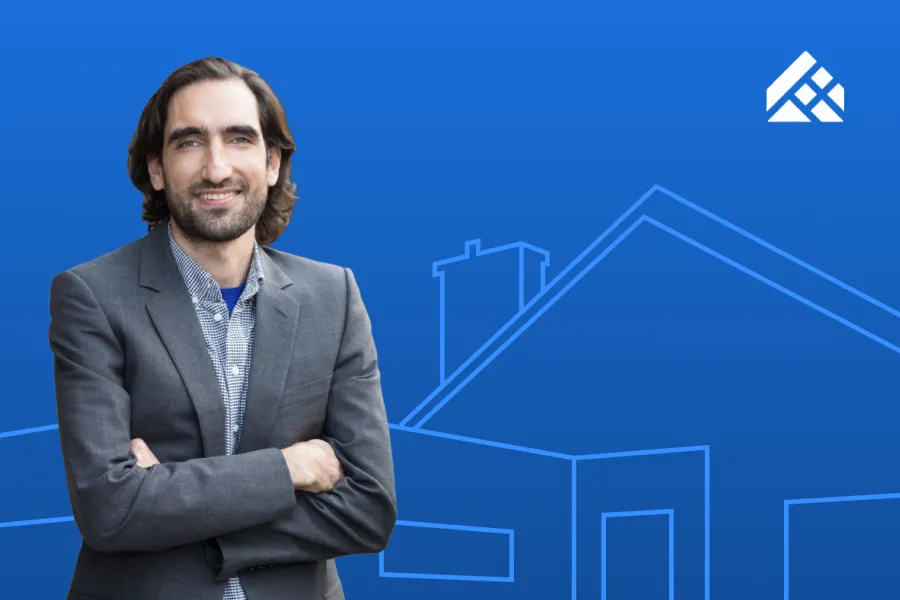
A New Economic Engine for Culture
How Substack raised $7,809,219 and welcomed 6,688 writers and readers to become part of the company
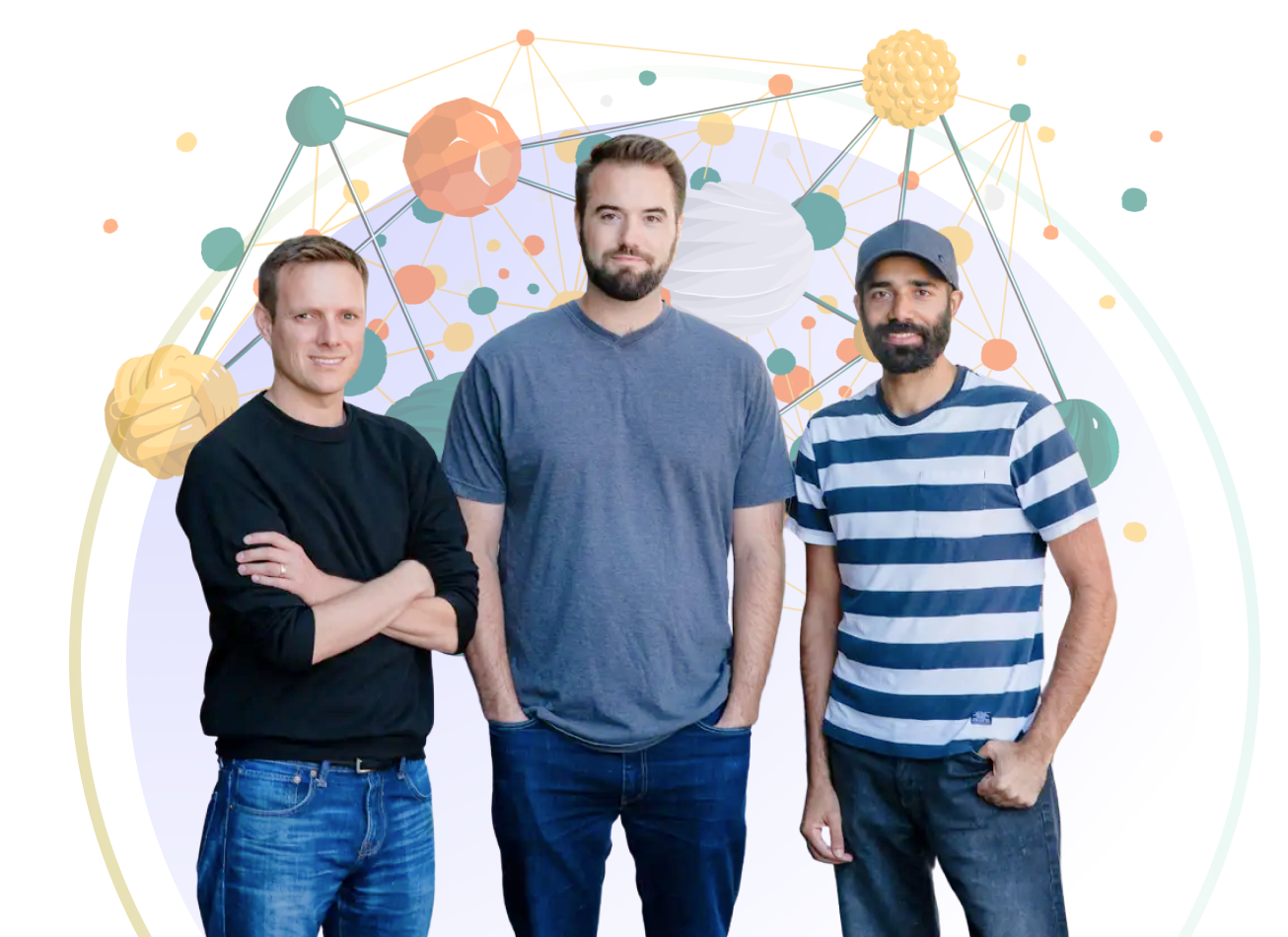
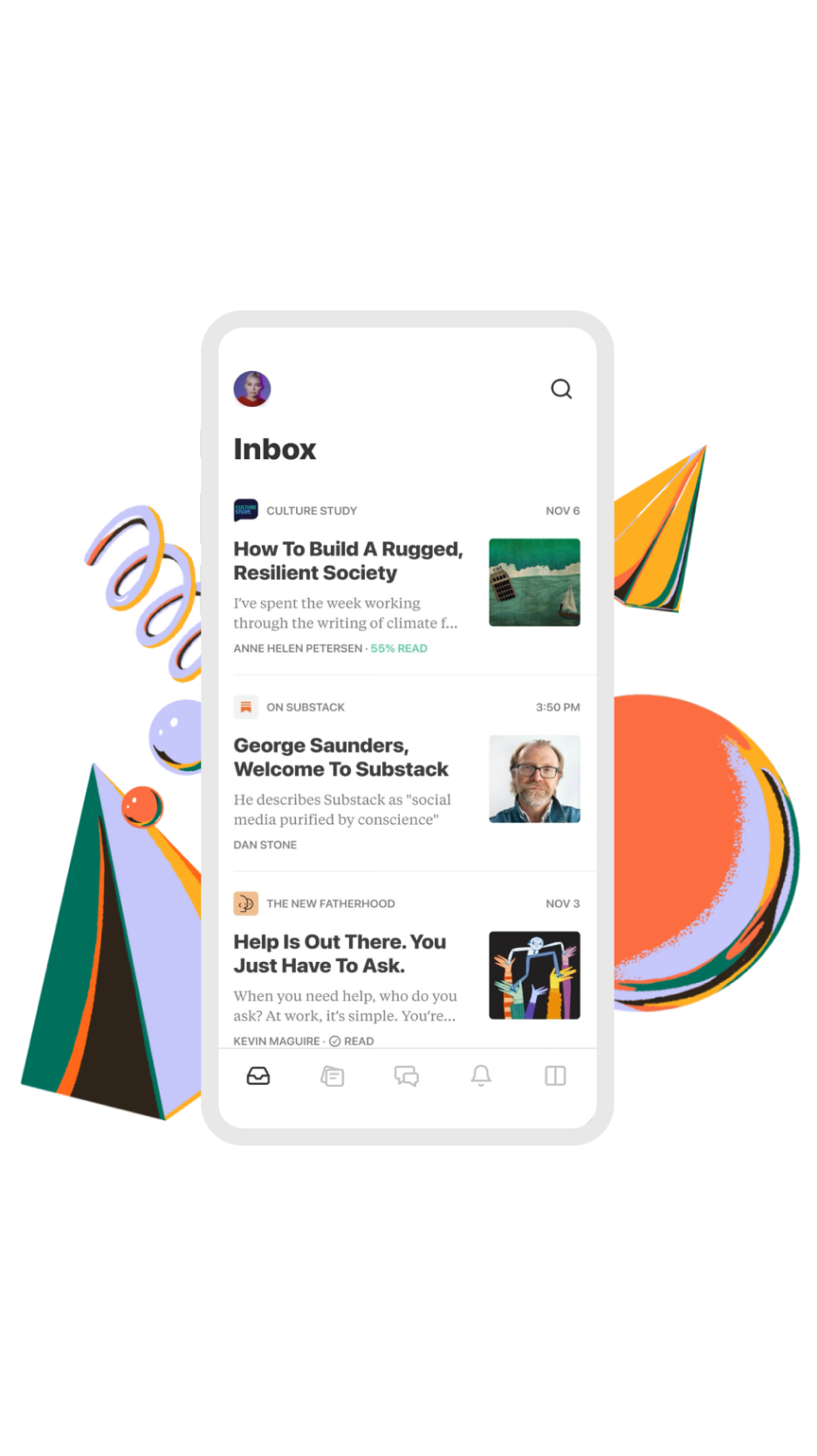
- In April 2023, Substack launched a Community Round on Wefunder…
- As you might expect, this was a very exciting moment for those in the know…
- But this was not a funding round designed for the excitement, the novelty, or even the funding, for that matter…
- It was a long-awaited move by Substack to invite the writers and readers on the platform to become part of the company in a more formal way—as investors…
- And despite the force of their beloved brand and assurances from Team Wefunder and their top writers, the founders were uncertain how it would all go down…
- …But they blew past $2 million on the first day. At the end of 3 weeks, Substack had raised over $7 million from 6,688 investors.
- Here’s how it all happened…
A New Economic Engine for Culture
We’ll have Substack Founder & CEO Chris Best take it from here →
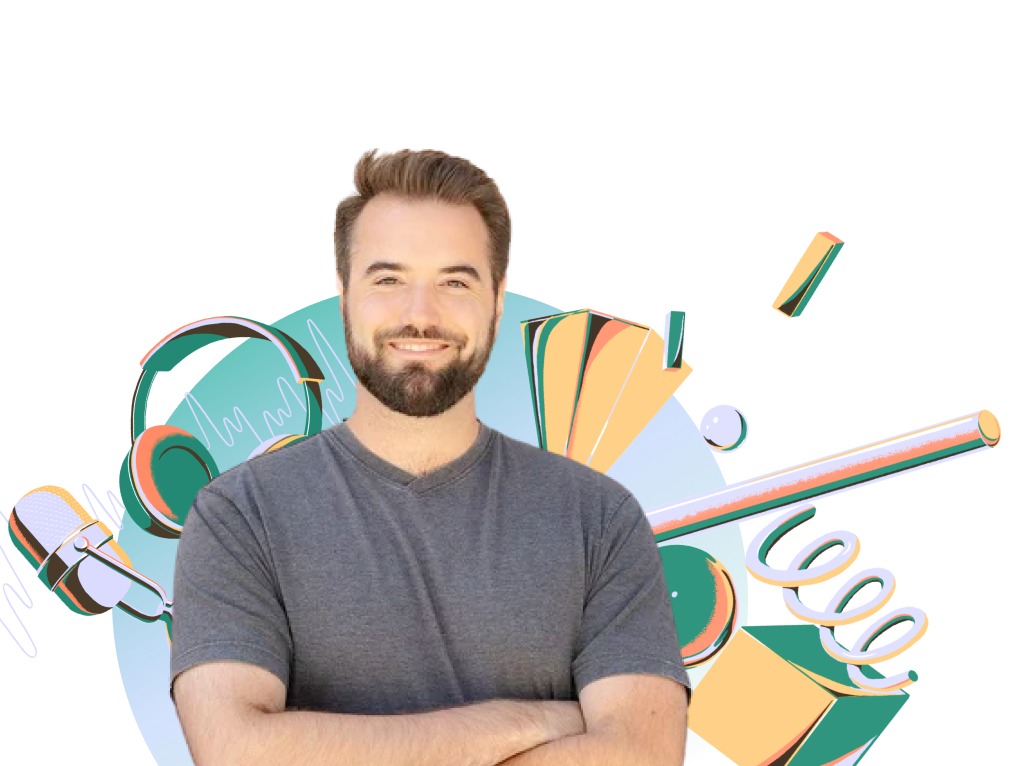
What is Substack, and why did you start it?
Substack is a subscription network. It's a platform where writers can own their work, publish independently, and have readers subscribe and pay them directly. And it’s a place where readers can discover, connect with, and spend time with the best writers in the world.
I started working on Substack because I've always been an avid reader. I grew up in a house full of books. I've always believed that what you read matters. It shapes how you think and how you see the world. In a very real way, it shapes who you are.
To us, the economics of writing, media, and the internet are not laws of physics—it’s not written in the stars that we’ll always have giant advertising engines selling off our attention as a commodity. Great writing and great culture are valuable. They’re worth paying for.
From the beginning, Substack was simultaneously a big idea and a very small idea. The big idea is that Substack will be a new economic engine for culture—a model where readers subscribe directly to writers they trust, and as a result, where these writers’ works get better and better.
The small idea was letting writers do a paid email newsletter. Before we founded Substack in 2017, tools existed for people to send emails, charge subscriptions, host a website, and create a community. But it was really hard to pull all those things together in a cohesive package for readers.
Yet, there were rare writers who made it work, like Ben Thompson of Stratechery and Andrew Sullivan of The Dish. I often thought of them as double unicorns, where they both had something valuable to say, and they’d figured out how to wrangle this tech stack and business model into a product with great success.
Our first user was a friend of Hamish’s named Bill Bishop, who had a successful email newsletter about China that thousands of people were reading. He was looking at what people like Ben Thompson were doing in this space and said, “I would love to be able to do that too, but it’s so complicated. How am I going to put all these pieces together?” That’s when we were able to pitch him, “What if we made this really simple for you?”
This is still my belief of what Substack can be for people. The ultimate version of it is, “Look, come and type something great into this box—which is hard enough, by the way. It's very hard to type things into this box that are so great that people are willing to pay for them. But if you can do that, we’ll handle everything else.”
Today, there are more than 35 million monthly active subscriptions and more than 2 million paid subscriptions to writers on Substack. As of July 2023, the Substack network drives 40 percent of all subscriptions and 20 percent of paid subscriptions on the platform.
A new generation of writers make their livelihoods on Substack, and others are building new institutions from scratch. More than 17 thousand writers are earning money on Substack, with the top 10 publishers on Substack collectively making more than $25 million annually.
From our founding in 2017, we graduated from Y Combinator and raised Series A and Series B rounds both led by Andreessen Horowitz. But we’ve always been serious about building Substack with writers, too. This year, we were able to raise a community round to concretize that ideal.
We’ve always been serious about building Substack with writers, too. This year, we were able to raise a community round to concretize that ideal.
Chris BestFounder & CEO of Substack
What community means to Substack
In my opinion, there’s no singular “Substack community”—there are thousands of communities across a massive array of people, opinions, vibes, subject areas, geographies, languages, and cultures. Writers create their own communities, and readers choose which communities to be a part of.
Putting writers and readers in control is central to Substack, but we also say that going independent doesn't mean you have to be alone. As a writer on Substack, you get to control who you want to be in your community, who you're recommending, who you’re lifting up, and who you're cross-posting.
Rather than a single community, Substack is a subscription network that helps writers grow. Our ambition with the network is to always be giving more to writers than we ask in return with our fees. We take 10% as our fee. But we always want to be able to say, “20% of your paid subscribers came to you through the power of the Substack network.”
We're always looking for ways to build the value of the Substack network for everybody who participates, because we think that making that more powerful is what will make this new economic engine for culture a reality.
We’re always looking for ways to build the value of the Substack network for everybody who participates, because we think that making that more powerful is what will make this new economic engine for culture a reality.
Chris BestFounder & CEO of Substack
Why did people invest?
Why we decided to raise a Community Round
I've actually always been excited about the idea of doing a community round. But in the past, it was just too hard to do well. Anytime we were raising a round, we would always say, “Wouldn't it be cool to let our community participate?” “Well, yeah, it would be really cool, but it's going to be a pain.”
In particular, the limitation of only being able to allow accredited investors felt too exclusive for us. We would have had to say to this community of writers, “You can be a part of Substack, but only if you're already really rich. The rest of you don't need to worry about it.” That was definitely the wrong message and the wrong idea.
So when the idea of doing a community round through Wefunder came up, it just felt like a no-brainer to us. Yes, it's nice to raise money, but the most important part was giving the community a chance to participate. These are the people who are generating all the value in the network. This was our chance to bring them into Substack more formally.
The community round also gave ourselves a chance to retell the story of Substack. It acted as this forcing function to ask ourselves, “Wait, why are we here again? Why should the writers care about this?” That opportunity to ground ourselves in our mission ended up being powerful and poignant for our team.
These are the people who are generating all the value in the network. This was our chance to bring them into Substack more formally.
Chris BestFounder & CEO of Substack
How the round went
Once we decided to do it, we made a big effort out of it. If we were doing it, we wanted to do it well. We kicked off the financial audit workstream, and then we focused on the storytelling effort. What were the stories we wanted to tell? How did we want to talk about Substack? My co-founder Hamish and I put a fair amount of work into the writing, and that ended up being time well spent.
We also talked to some of our top writers to make sure that they’d be on board. They were all supportive, but still, we were unsure whether it would be a complete blow-up. I didn't know what the tenor was going to be. I didn't know how many people were going to be interested. We went into the round with a wide error bar of what we thought could happen—and what ended up happening very quickly was a tremendous success.
The first 12 hours blew us away. We had a huge uptake in investments, but most meaningfully for us, we saw a huge outpouring of enthusiasm and support from writers and readers. We saw the support on the Wefunder page, we saw it in messages to our team, we saw it in the comments and reactions to our posts. A lot of writers even wrote their own pieces on Substack about the community round.
One common theme in the messages and Substack posts that we were seeing was some variant of “I believe”: I believe in Substack. I believe in this mission. I believe in this future for writers. I believe in this community.
That is the ultimate validation for us. This thing we're making is new in the world. It's like money: it doesn't really exist, until enough people believe that it exists. Then once that happens, suddenly it does exist—and it changes everything.
We had a huge uptake in investments, but most meaningfully for us, we saw a huge outpouring of enthusiasm and support from writers and readers.
Chris BestFounder & CEO of Substack
The impact of our Community Round
Whether you raise funding from VCs or your community, you get valuable feedback in both cases. From professional VCs, you get feedback that comes from pattern matching and asking, “does the economic case for this make sense?”
The cool thing about the community round is that you get the same kind of feedback, but from people who actually use the product. Almost everyone who invested in our community round was a Substack writer or a Substack reader, split about half and half. Getting feedback from people who actually spend a portion of their lives in our product is extremely meaningful and valuable.
Going forward, we’ll deepen our existing relationships with our writers, readers, and investors. We already spend a lot of time thinking about how we talk to writers, how we talk to readers, how we bring them along, and how we build with them. Now, our community round is like an extra layer on top that forms an even stronger bond and an even tighter alignment.
We already spend a lot of time thinking about how we talk to writers, how we talk to readers, how we bring them along, and how we build with them. Now, our community round is like an extra layer on top that forms an even stronger bond and an even tighter alignment.
Chris BestFounder & CEO of Substack
Summary
Substack raised $7,809,219 from 6,688 investors during their Wefunder Community Round.
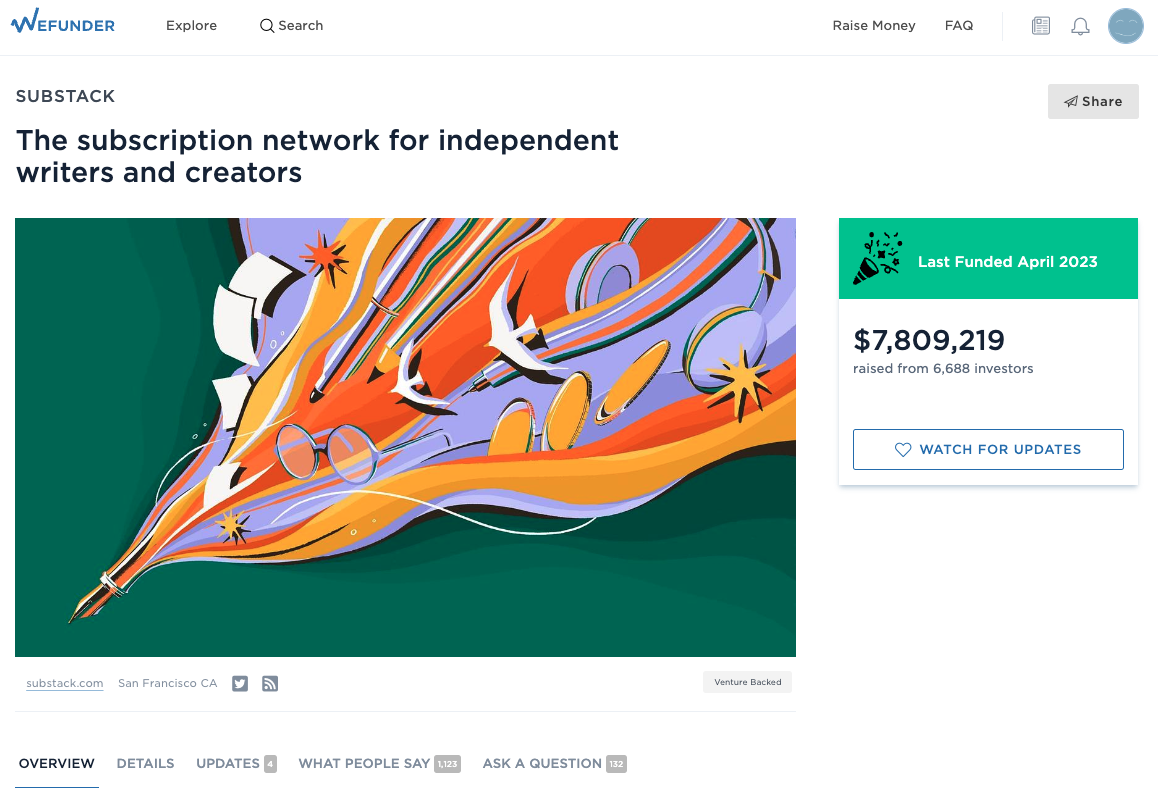
Snapshot of Substack's Community Round (source wefunder.com/substack)
The Raise
- Raised for 3 weeks in April 2023.
- About 50% of investors were Substack writers and 50% were Substack readers.
- The most frequent check size was $100, and the median check size was $250.












